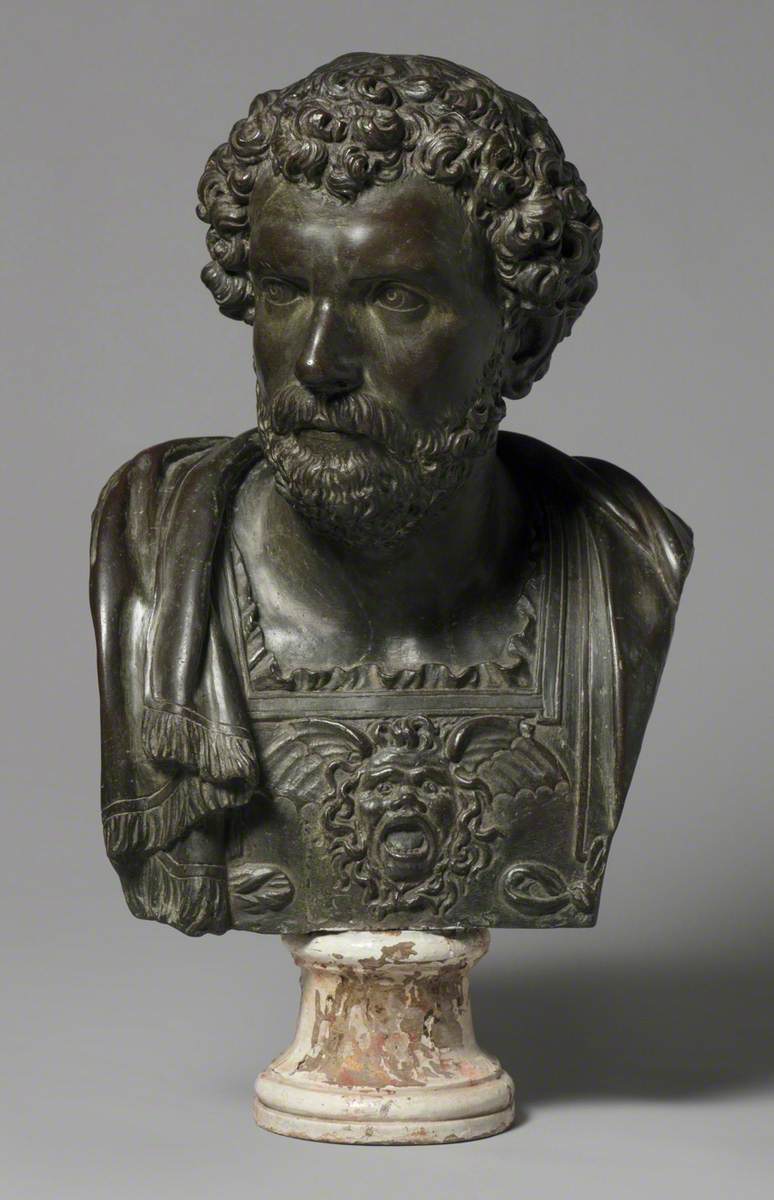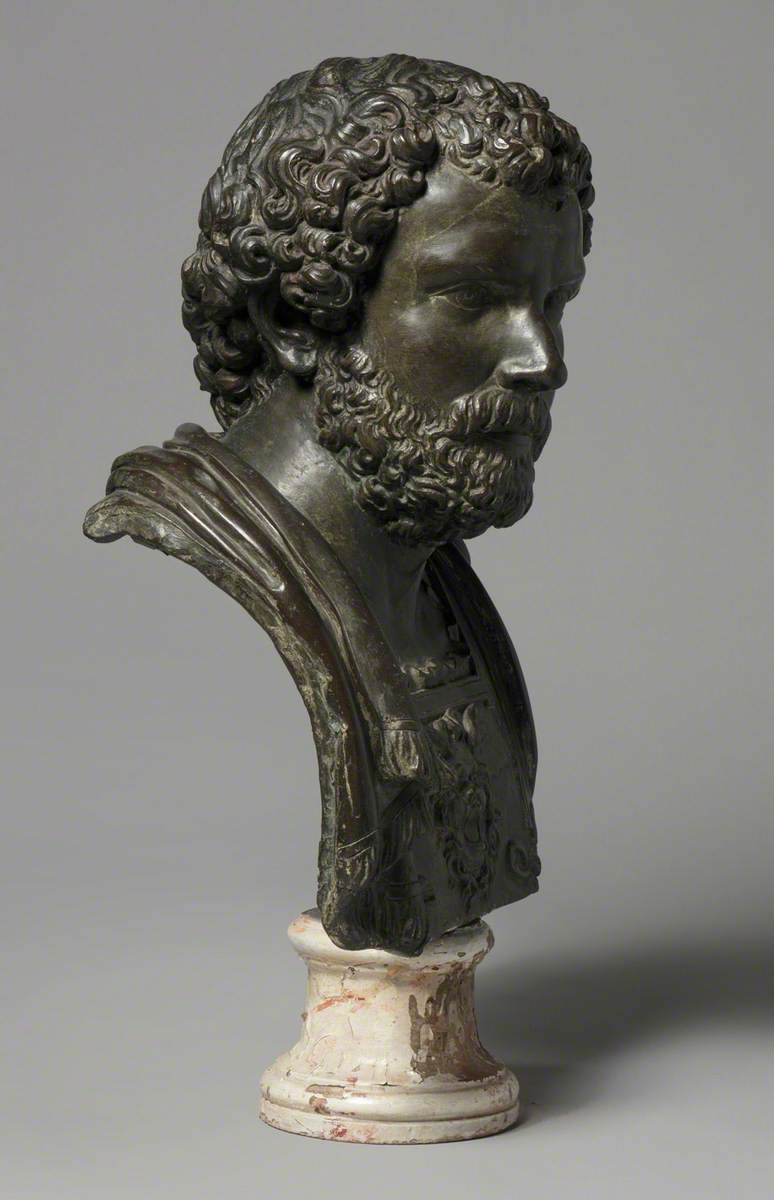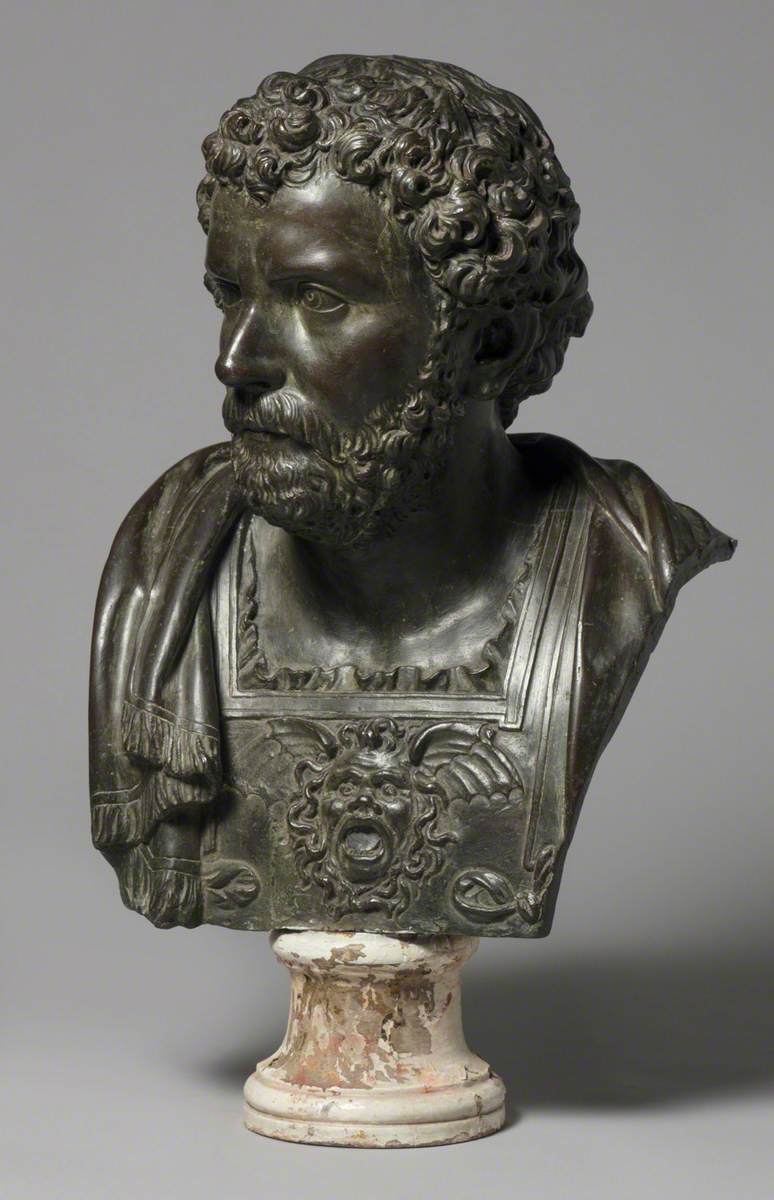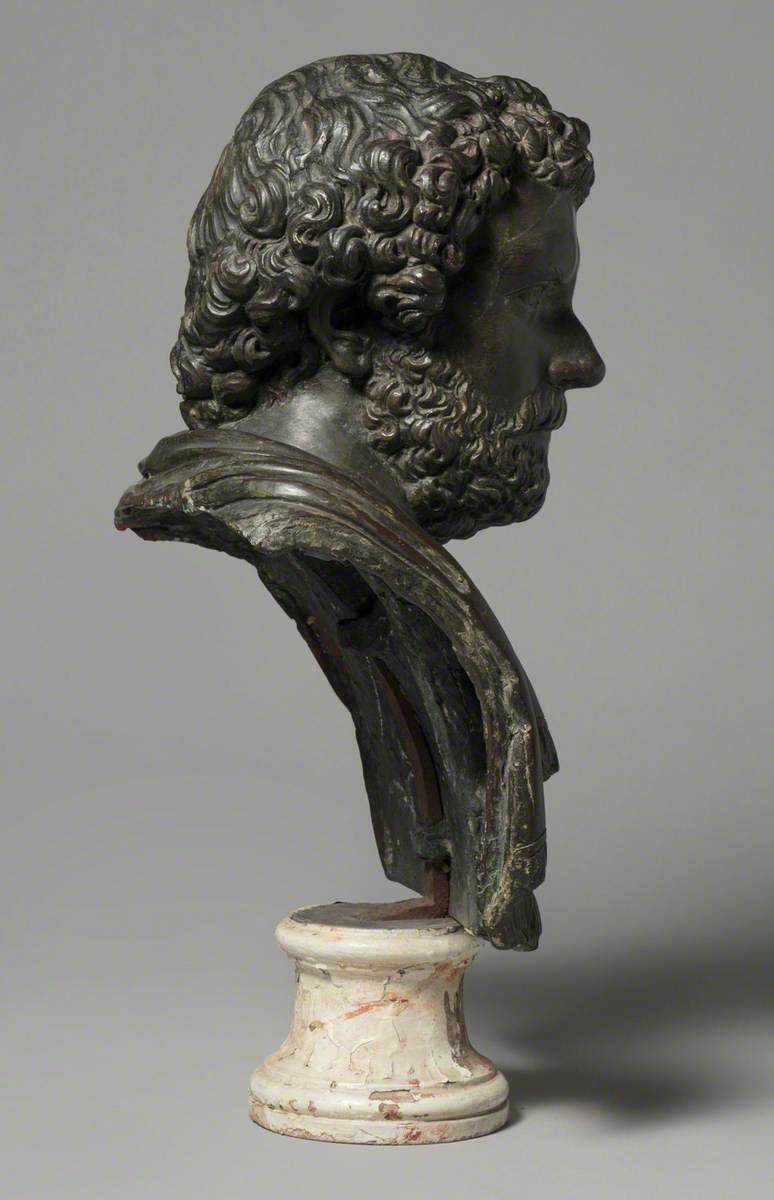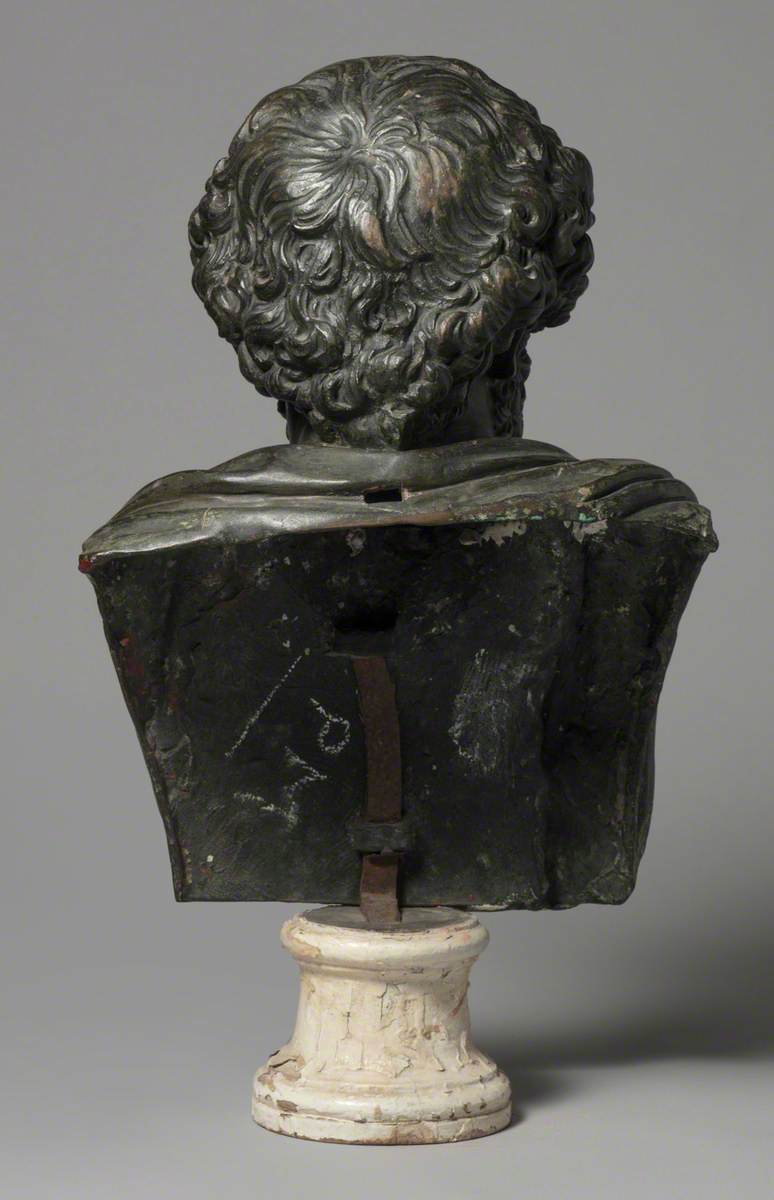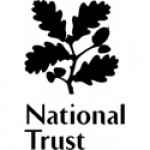How you can use this image
This image can be used for non-commercial research or private study purposes, and other UK exceptions to copyright permitted to users based in the United Kingdom under the Copyright, Designs and Patents Act 1988, as amended and revised. Any other type of use will need to be cleared with the rights holder(s).
Review the copyright credit lines that are located underneath the image, as these indicate who manages the copyright (©) within the artwork, and the photographic rights within the image.
The collection that owns the artwork may have more information on their own website about permitted uses and image licensing options.
Review our guidance pages which explain how you can reuse images, how to credit an image and how to find images in the public domain or with a Creative Commons licence available.
Notes
Add or edit a note on this artwork that only you can see. You can find notes again by going to the ‘Notes’ section of your account.
A bronze bust of a classical man wearing a cuirass with mascaron of the gorgon Medusa and a fringed cloak draped over the proper right shoulder. It is associated with a bust of Hannibal depicted in Nicolas Chavalier's engravings of the Galerie de Girardon, which is known in bronze versions at the Bibliothèque Mazarine, Paris, and at the Museum of Antiquities, University of Saskatchewan, the latter formerly in the collection of Napoleon Bonaparte. The busts relate to a model by François Girardon, which was translated into a full-length statue of Hannibal produced by Girardon's pupil, Sébastien Slodtz, between 1687 and 1704, mounted in the Tuileries in 1722. That the model is historically identified as Hannibal is most likely explained by the presence of three drawings by Charles Le Brun (1619–1690) in the Louvre annotated Anibal/Hannibal.
Title
Septimius Severus or Antoninus Pius, called 'Hannibal'
Date
c.1675–c.1725
Medium
bronze
Measurements
H 66 x W 38 x D 28 cm
Accession number
1191239
Work type
Bust
